JF Ptak Science Books Post 1396
The planners, designers, structural engineers and city planners in Texas felt the hot breath of the future on their necks in the summer of 1938, working their way to publish this futuristic emblemata book on the controlled motion of automobiles. The Depression was coming to an end, access to money was loosening, automobiles were becoming cheaper and gasoline supplies were plentiful (even though during the crisis car sales fell though gas consumption increased), GDP was up by 1/3 from 1932, employment figures had gone up 25% since 1931, and of course there were projects of road-building got consider to put folks to work. These figures were also a little problematic for Texas, given the huge percentages of farmers who were out of work (nationwide) and the preponderance of farming in the state of Texas.
But Jac L. Gubbels1, who copyrighted this work for the State Highway Department of Texas (Landscape Division) saw a prettier picture for the state in the near future, and what it had in it mainly were automobiles. The highways proposed by Gubbels were remarkably wide given the number of lanes, particularly so for those roads that went through small towns.
1. (From the Texas Centennial Archives: "The harmonious integration of construction features and the natural environment was a popular trend during the Depression era. Called the "rustic style," this natural yet designed "rustic" landscaping of the early Texas roadside park system was largely planned by Jac L. Gubbels, landscape architect with the Texas Highway Department from 1933 to late 1930s. One of the first landscape engineers to be hired by a state highway department, Gubbels influenced the direction roadside parks were to take regarding landscaping, layout and style. His guidance set standards for construction elements and landscape design."
8 other designs here:


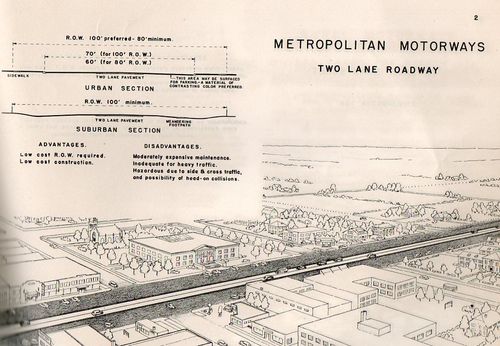
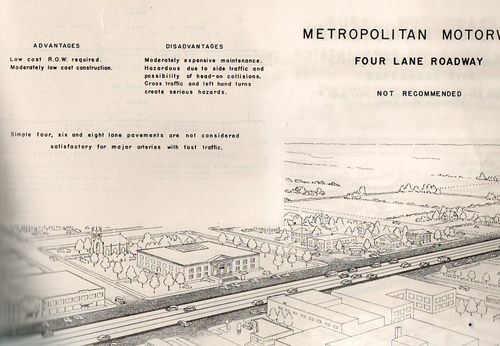
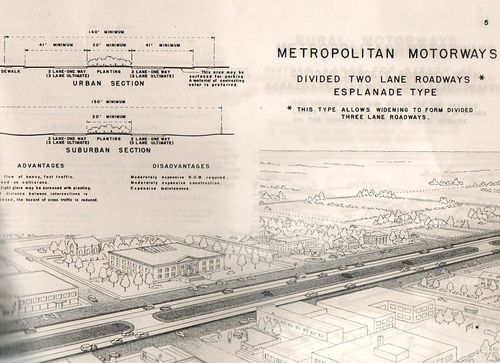
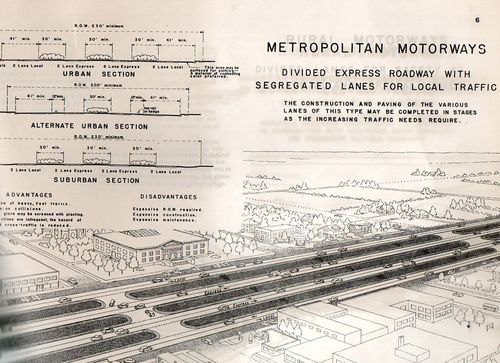
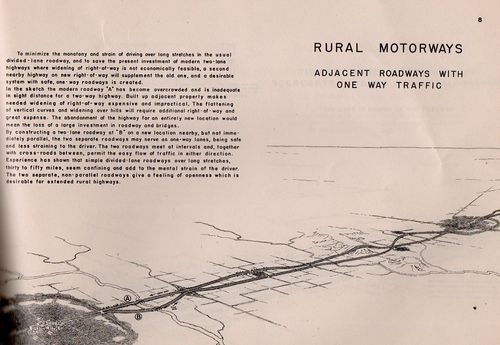
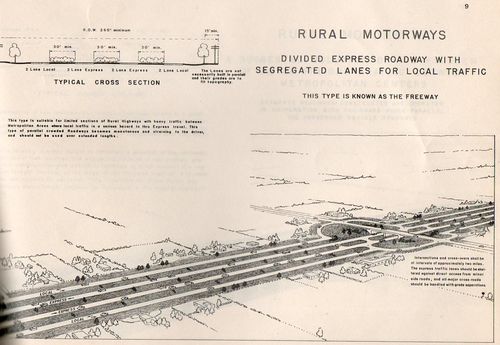
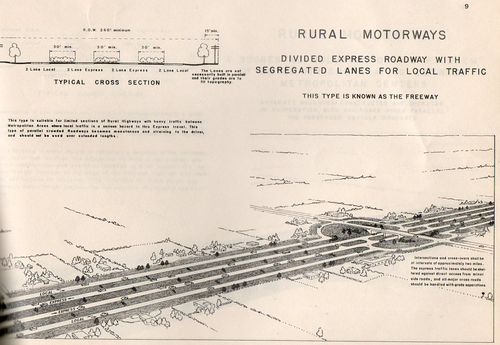
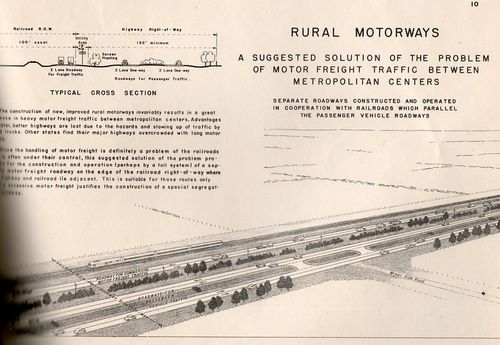
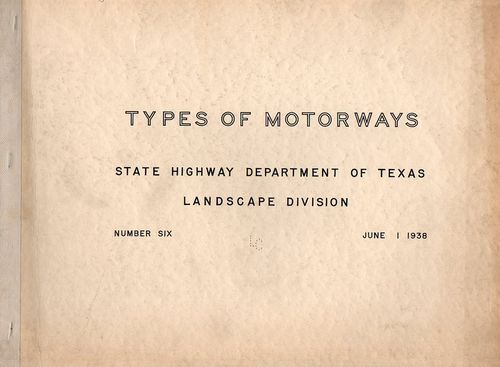
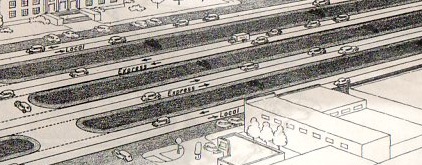

Comments